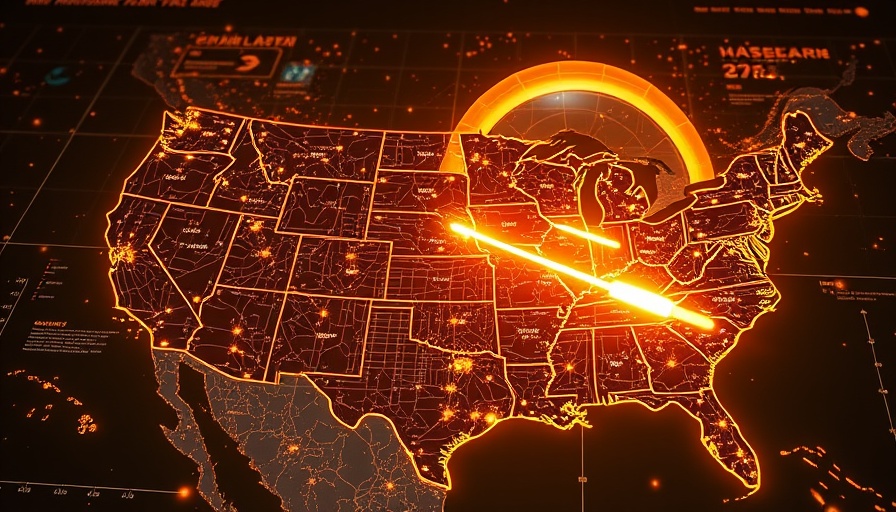
The Golden Dome: A Quest for Unattainable Security
The Trump administration’s announcement of the "Golden Dome" missile defense system has been met with both excitement and skepticism. This ambitious program aims to safeguard the United States by intercepting a variety of threats, from traditional intercontinental ballistic missiles to modern hypersonic weapons and drones. With a staggering budget of $175 billion and a three-year development timeline, one must ask: is this a realistic goal or merely a manifestation of techno-optimism?
The Legacy of Missile Defense Initiatives
Historically, efforts to create a foolproof missile defense have been fraught with challenges and failures. The Strategic Defense Initiative (SDI) introduced by Ronald Reagan in 1983, promised an impenetrable shield against missile threats. However, this ambitious project faced heavy criticism from scientists who pointed out its impracticalities. Today, as we revisit missile defense technologies like Golden Dome, the lessons from SDI remind us of the gap between aspirations and technological capabilities.
The Reality of Defense Technology
Critics of the Golden Dome initiative emphasize that reliably intercepting an incoming ICBM is a daunting challenge, compounded by the speed at which these missiles travel—up to 15,000 miles per hour—and the complexity added by decoys. To date, the existing interceptors have failed approximately half of their tests, conducted under ideal conditions devoid of realistic attack scenarios. This raises important questions about the validity of relying solely on technology for national security.
Moving Beyond Techno-Optimism
Embracing techno-optimism can overshadow the crucial act of diplomacy in addressing global security concerns. The Golden Dome initiative may offer a glimpse into the future of defense systems, but embracing diplomatic efforts alongside technological advancements can yield more effective solutions. By establishing robust communication channels with potential adversaries, nations can work toward a more secure environment, rather than relying solely on elusive technological breakthroughs.
 Add Row
Add Row  Add
Add 




Write A Comment